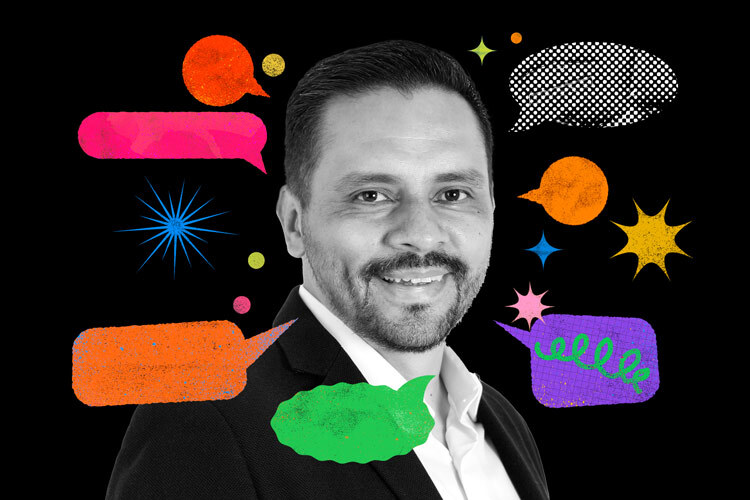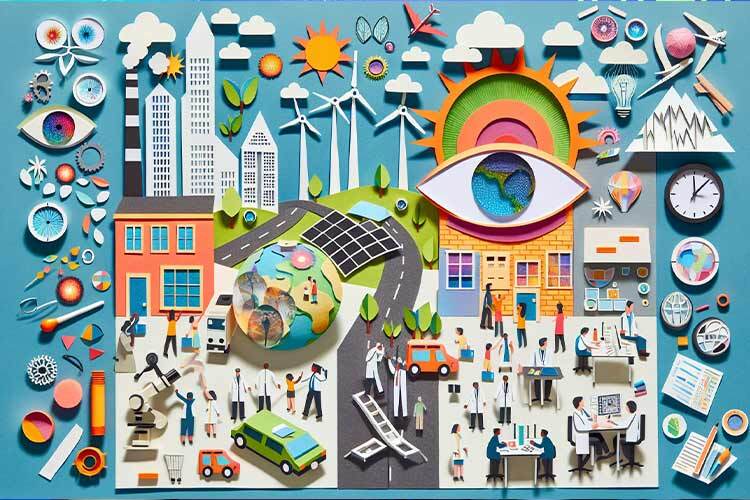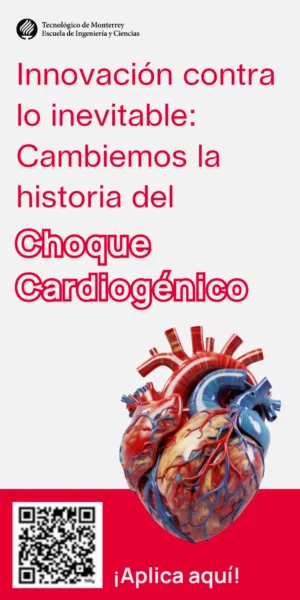The World Health Organization (WHO) estimates that 5% of the global population still defecates in the open, contributing to water pollution and the spread of diseases.
When there are no adequate and safe sanitation facilities, human waste is directly discharged into the environment, polluting bodies of water, which then become hotspots for deadly diseases. But 5% of the world’s population may seem like a small number, right?
Talking about safe sanitation facilities doesn’t just mean having toilets, but also a system for the removal or evacuation of wastewater to areas where it can be treated, for subsequent direct discharge into bodies of water or for reuse—and this is what I want to emphasize!
If I’ve already addressed the lack of safe toilets, does the problem end there? According to the UN, just over 40% of the population lives without safely managed sanitation services. This alarming statistic indicates that the problem, from an environmental and public health perspective, is more serious than it seems.
The degradation of water bodies in Mexico, particularly rivers, has been a persistent issue due to decades of mass wastewater discharge. These damages have been intensified by urban and industrial growth, affecting both biodiversity and the health of people living near these water bodies.
Wastewater, loaded with pathogens, nutrients like phosphorus and nitrogen, heavy metals, and toxic chemicals from industry and agriculture, has contributed to the spread of diseases such as cholera, giardia, and typhoid fever.
A concerning example of this situation has been the case of the Santiago River, part of the Lerma-Santiago system, one of the largest in Mexico, which is fortunately now being treated by authorities in a prioritized and vigorous manner.
This river, which flows from Lake Chapala to the Pacific Ocean, has suffered from severe pollution due to domestic and industrial discharges from sectors like chemical-pharmaceutical, food, textile, and cellulose industries, as well as livestock activities. Municipalities like El Salto, Juanacatlán, Tototlán, and Poncitlán in Jalisco are critical points of this contamination.
Recent studies reveal that the river basin has a low sustainability index. This situation has affected the quality of life for nearby communities, which have formed civil organizations to demand sanitation actions, which, fortunately, are now being carried out.
Despite the bleak scenario, awareness of the need to preserve water bodies has increased. Regulations on wastewater are stricter, and the Sustainable Development Goals (SDGs), particularly SDG 6: Clean Water and Sanitation for All, set clear goals to improve water quality by 2030. These efforts include reducing pollution, eliminating hazardous discharges, and increasing the safe reuse of water. However, the challenge remains enormous.
In Mexico, illegal waste discharges into rivers are still a common practice, and many people throw trash directly into bodies of water or the streets. This reflects a lack of empathy towards the environment and public health by the citizens themselves.
Cleaning up water bodies requires deep scientific and technological development, substantial investment in infrastructure, such as treatment plants and sewage systems that separate wastewater from stormwater, and also requires a cultural shift.
The recovery of water bodies and the improvement of public health requires collective efforts. It is a matter of policies and financing, but also of citizen awareness. Protecting water is essential to ensure the sustainability of ecosystems and the well-being of future generations.
On this World Toilet Day, let’s echo the message that caring for our environment and water bodies means protecting health and the future; every action we take today will be a vital legacy for future generations!
* Hector Alfonso Barrios Piña is the national director of the Civil Engineering Program at the School of Engineering and Sciences at Tec de Monterrey. He is a researcher and professor in the Water 360° group, and a member of the National System of Researchers, Level 1. hector.barrios@tec.mx
















